Fosterville Mine
The Fosterville gold mine is well-known in our community. It employs many people in our community, and various operators over the years have donated generously to charitable causes in the community. In that sense, it is a positive contributor to our region’s economy.
However, are you aware that Agnico Eagle (the current operators of the mine) is proposing changes to the mine’s operations? These changes are within the current mining licence area, though the mining regulator Earth Resources is calling it an ‘expansion‘. You can find out more about these changes at Fosterville’s website set up to explain the changes to the community. Officially, it’s called the ‘Fosterville Gold Mine Sustained Operations Project’.
It’s important that our community gets involved in discussing the pros and cons of this expansion. This is especially true given the impacts of gold mining over the past century and a half in central Victoria. Gold mining has left a mixed legacy here. It has enabled our city to establish itself and brought many people into our community, yet there is much land that was destroyed. The effects of historic gold mining live on. To give a very practical example among many – in a time when we have a housing shortage, there are large amounts of land that we cannot build on due to contamination. This is not to mention effects on water, agriculture, Aboriginal cultural practices etc.
Methods for mitigating the effects of mining, and rehabilitation of land, have advanced considerably since historic gold mining times, of course. But that does not mean that mining has no negative effects. It’s important to examine the likely consequences of the Fosterville expansion, and what the mine operators plan to do to reduce any negative consequences. That’s what an Environment Effects Statement (EES) process aims to do.
So, here is a little summary of where the EES process is up to, and information on how you or your organisation can contribute.
The Victorian Minister for Planning has decided that this proposed expansion needs to go through an Environment Effects Statement (EES) process. The minister has stated that this expansion has the potential to affect native vegetation, surface and ground water, amenity and Aboriginal cultural values.
Essentially this means that the ‘proponent’ (Agnico Eagle) puts together information on how their proposed expansion, if it were approved, would affect the environment and how they will mitigate these effects and rehabilitate affected land. This EES will then be exhibited for public comment. This has not occurred yet. Finally, to cut a long story short, the Minister for Planning will make a decision about whether the mine expansion can proceed. You can read more about how the EES process works here.
How can you or your organisation make sure your voice is heard?
- First, educate yourself about the planned expansion. Fosterville has a website which summarises the information.
- Second, have a read of the draft scoping requirements. This is the document that sets out what Agnico Eagle must include in the EES. It’s a draft because the Minister for Planning has not released the final version.
- Third, keep your eye out for when the EES process opens for public comment. You can do this by going to the Engage website or emailing RMCG to be put on the email list. (RMCG is the company contracted to organise consultation with the community.
The EES process is likely to bring to the surface significant concerns that already exist in the community. I encourage people to engage with the process in good faith.
(Image Credit: Fosterville Gold Mine Facebook Page)
Peter Krenz – Stage 1 Decision
Readers of local media will have noticed that the concept plan for Stage 1 of the Peter Krenz Leisure Centre was endorsed by the Greater Bendigo City Council on Monday night. While this was a necessary and positive step forward, there remain many challenges. Here are my comments on the night, slightly edited for clarity.
The report prepared by council officers outlines the history of the process for the redevelopment of the Peter Krenz Leisure Centre, and notes the significant community interest in this project. That is no wonder. The site is of considerable importance to the Eaglehawk community, but also to the entire northern region of Bendigo, and to towns outside our municipal boundary as well.
The concept plan has broad community support, and I congratulate the people working on the concept plans for their ingenuity in coming up with ideas that work with a very constrained site. These include the surrounding area like the playground and Lake Neangar, significant stormwater drainage, and a high water table.
But there is no point in sugar-coating the reality of the challenges that this project faces. The City’s capacity to fund Stage 1 of the project is limited, and we need State and Federal support to go forward. Even with that support, the pace of this project is significantly slower than anyone would like. Stage 1 is a minimum 5 years, and that’s probably being generous.
I realise how disappointing this will be for many members of the Eaglehawk community, and the wider northern area of Bendigo. Questions of equity need to be asked when we see significant funding being committed to other areas of the City’s budget. I will be advocating to my fellow councillors in the upcoming budget process that we commit enough funding to expedite this project so that detailed design work can be done, so that Stage 1 is as “shovel ready” as possible.
To conclude, the City will be advocating to our state MPs about the Peter Krenz Stage 1 development, and in the context of an impending state election and the Commonwealth Games, I encourage the local community to also advocate to their local member and other candidates to support this project.
Voice to Parliament
Posted on September 15, 2023
At the June 2023 council meeting, council voted to formally support constitutional recognition of Aboriginal and Torres Strait Islander Peoples through a Voice to Parliament enshrined in the Australian Constitution. Here are my speech notes from that evening.
Any change to our constitution is a weighty thing to consider, and it could be argued that councillors have no oar to poke in these particular waters. However, we are publicly elected officials, and community leaders of a sort, and in that respect I think the community deserves to know our mind.
I say this with the full recognition that around this table we do not all agree, and that people in our community have different opinions – a minority for nefarious reasons, but the bulk hold their views in good faith and good conscience. And I hope we as councillors can model the kind of rational debate and discussion on this issue that we hope for in the broader community.
All that said, I am for constitutional recognition of our indigenous peoples, and I think the Voice is a suitable mechanism to achieve this.
From some quarters, the cry is that the Voice is not enough. That it is simply requiring acquiescence to a colonial state that wants to subdue the authentic demands of justice for and by First Nations people. And there is more than a kernel of truth in that. The Voice will have no power to legislate, and it’s only persuasive power stems from its moral authority which may wax and wane. Yet, the Voice is not the end of the task of conciliation with First Nations people, just as the Apology to the Stolen Generations was not the end of the task. Overall, I would rather continually reform than revolutionary leaps that no-one will agree to.
From other quarters, there comes the question – “Will this not result in a calls for similar Voices to be set up for myriad other groups in society?” And I agree, identity politics are a scourge of modern democracy. I do not think multiple constitutionally recognised Voices are a good idea.
However, I contend that the First Nations of any country are a special case, whether it be Australia or Canada or the United States, or in the many nations of South America, and a long list of other nations. The indigenous people of those lands suffered terribly at the hands of the colonists, and continue to suffer the consequences of that time. Because of their long and unbroken history in a land, so close that the only word we have for it is “sacred”, the experience of colonialism has an especially disenfranchising effect on the original inhabitants of any land. That is not to talk down the agency of our First Nations peoples, but simply to observe history, or as the Uluru Statement from the Heart puts it “the torment of our powerlessness”.
To speak more positively, the First Nations of any country (including Australia), because of their almost unimaginably long and storied and complex history, and their sacred link to this place that such a history entails, have insight into the ways human life works in this place. These insights have, thankfully, not been lost entirely. Such knowledge should be more valued by the rest of us than it currently is, and in my view, that strengthens the case for an elevated voice in the life of our Commonwealth.
And what of those who say that we just need more detail? That we need a picture of what this looks like?
This objection, while understandable, is misguided.
Something in the constitution should not have this level of detail. The content of a nation’s constitution is meant to last for longer than the political cycle and longer than lifetimes. However, time and circumstance change, and the Voice needs to have the flexibility to accommodate those changes.
Another example from the Constitution is trial by jury. Juries are a highly significant part of our – they decide whether people are guilty of crimes. It’s guaranteed in the Constitution for any offence against the law of the Commonwealth, and yet the constitution says very little about who is qualified to be on a jury, how they should be selected, how exactly they should operate. It sets the principle, and the leaves the responsibility for the detail up to those who make our laws.
The Voice should be the same. The shape of the Voice, in the sense of who is on it, how these people are chosen, its everyday operations – this will be up to legislators to decide, and I think this is a good thing. The lack of trust in politicians is understandable these days, but in the end it is cynical and self-defeating. I can’t see a better group of people for legislating the actual shape of the Voice. I would rather have an imperfect group of politicians making these decisions than the alternative of an unelected group of technocrats.
No, we need to make this decision on principle, rather than demanding operational detail which will need to change over time.
Closing
So, now comes the time for sober discussion, and for each of us weighing the demand for recognition that the Voice embodies. I call on my fellow Bendigo citizens realise the profound nature of this change, to not ignore it as a distraction from seemingly more pressing concerns. Take the time to hear both sides, and to begin conversations with family, peers and colleagues. And hopefully we will look back on this referendum as a decision that made for unity of purpose as a nation.
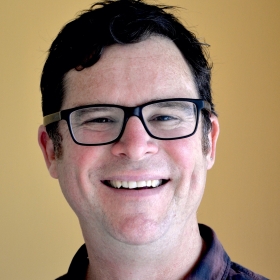
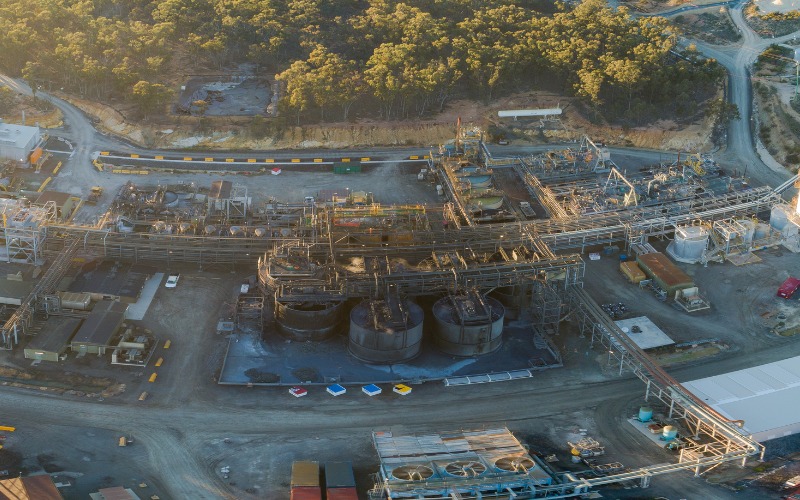

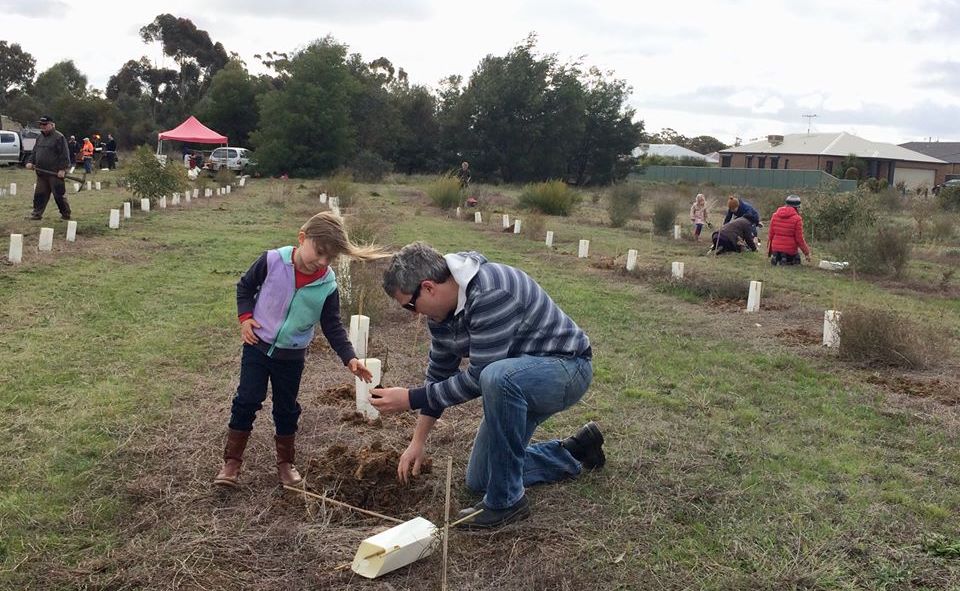
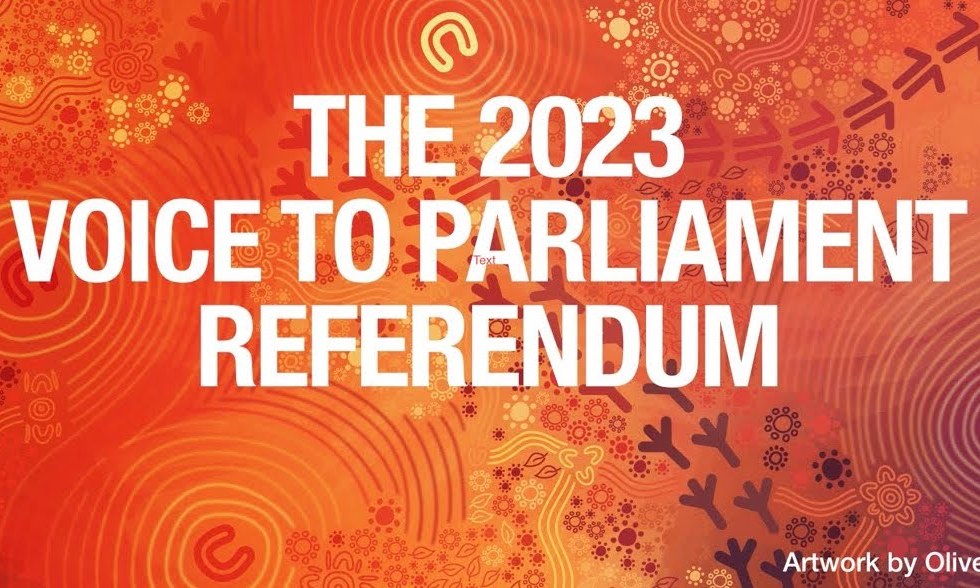
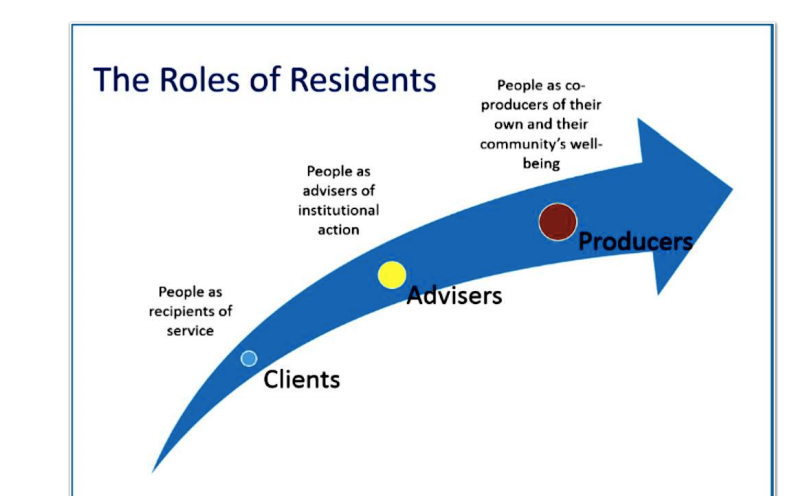
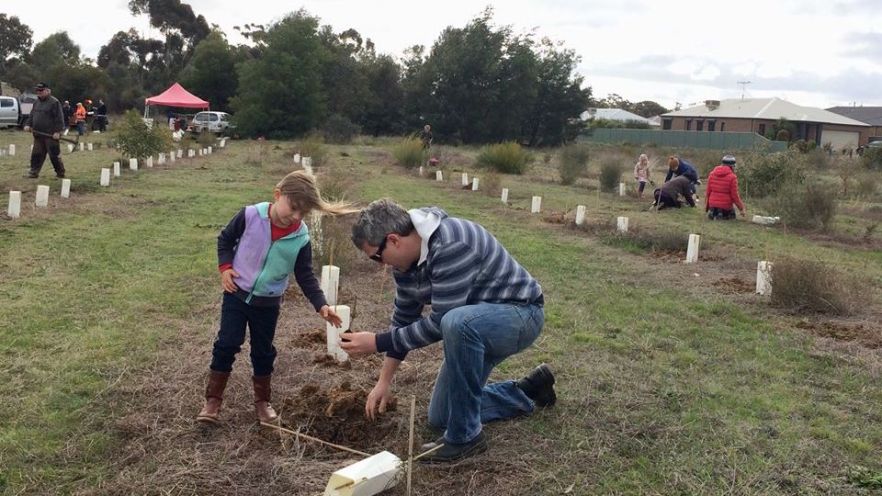
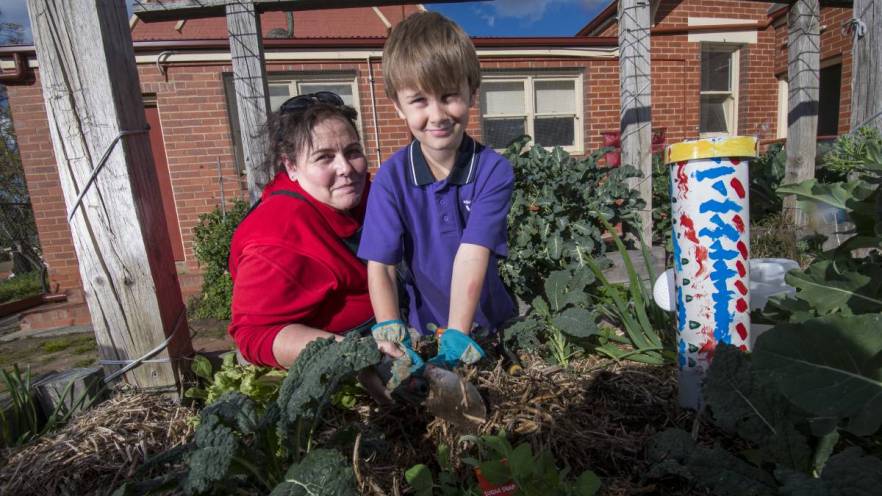
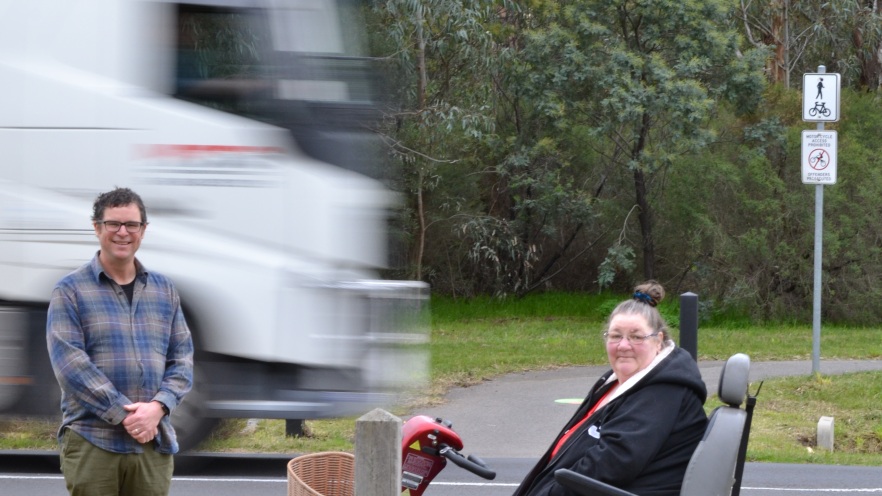
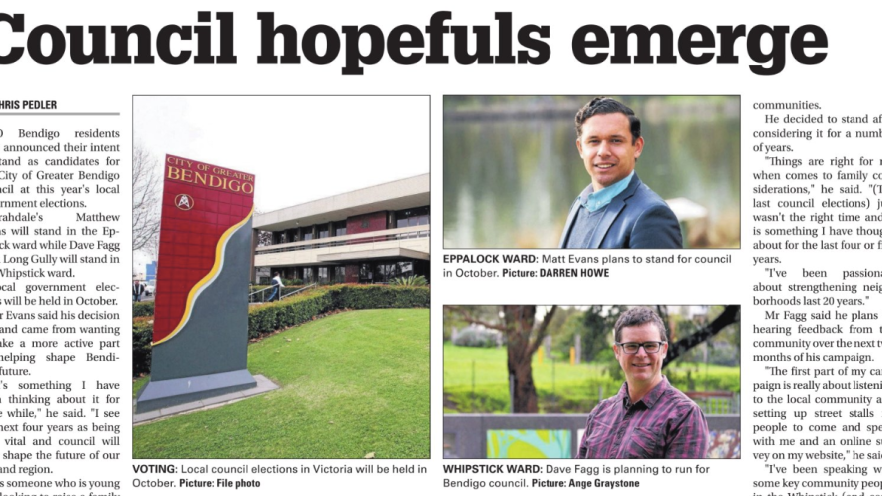
You must be logged in to post a comment.